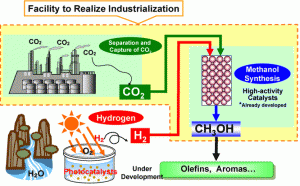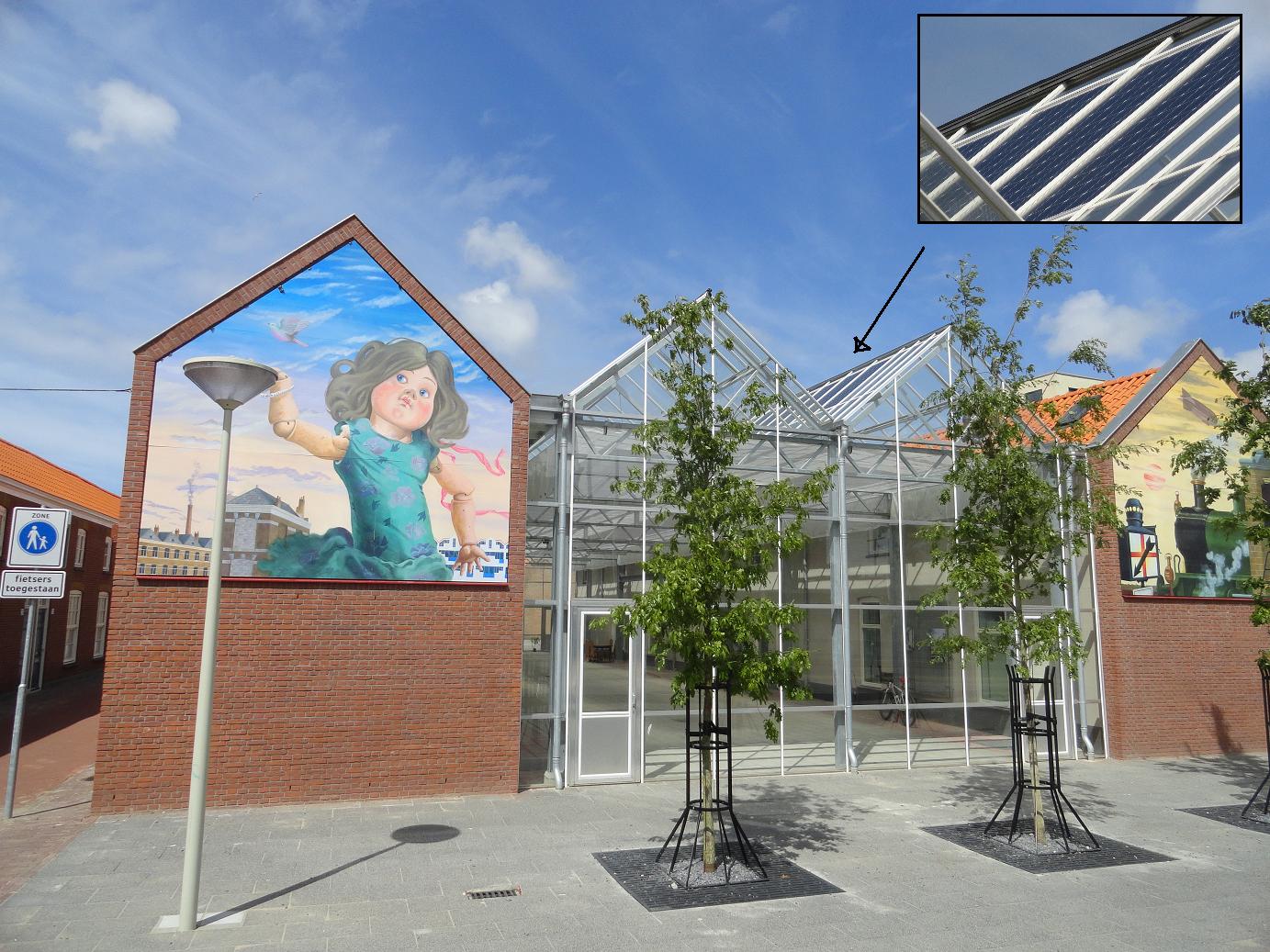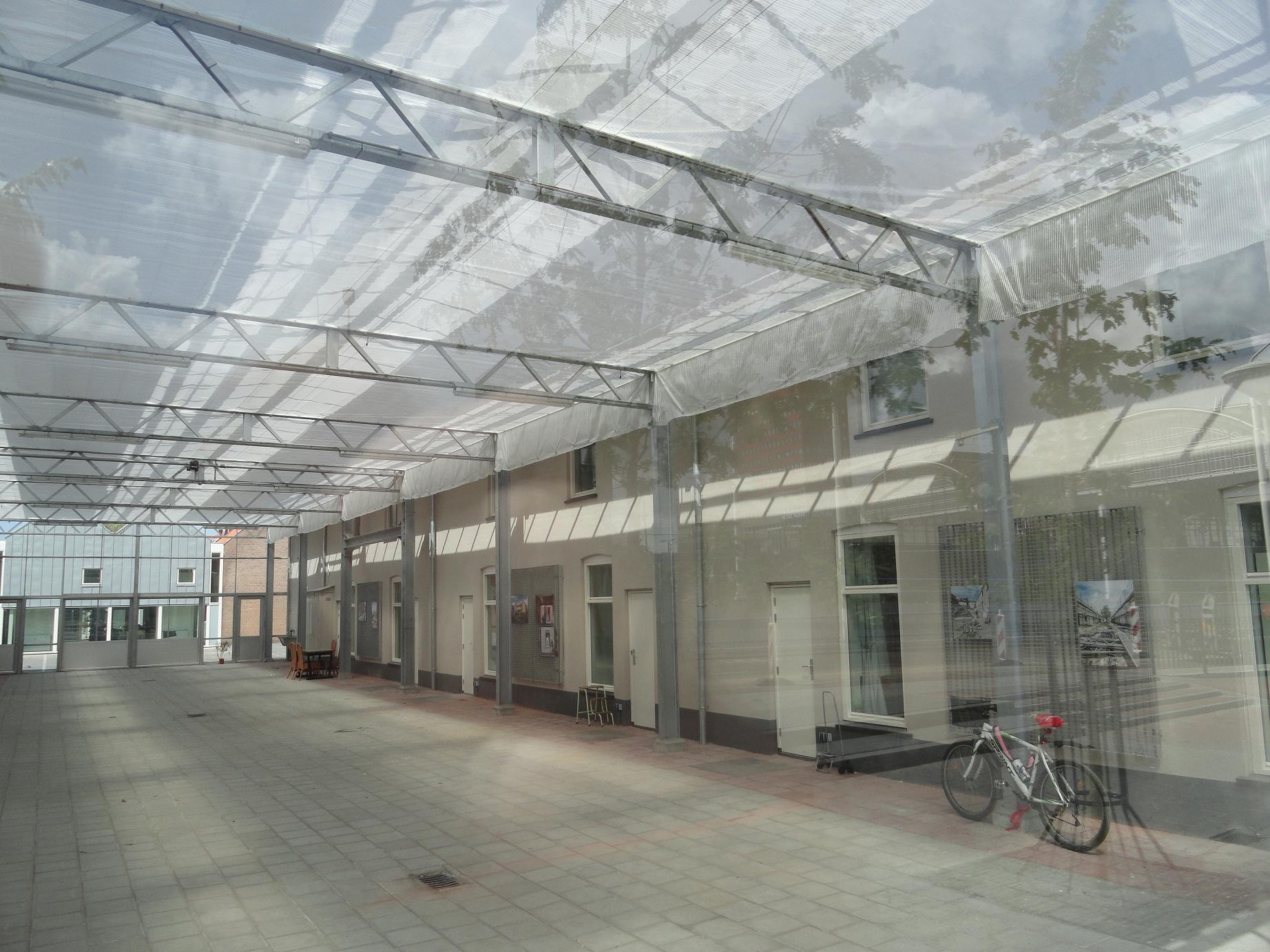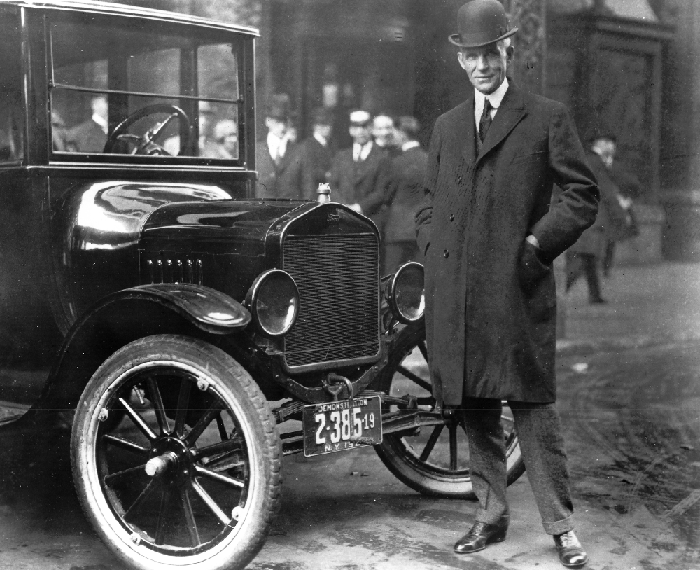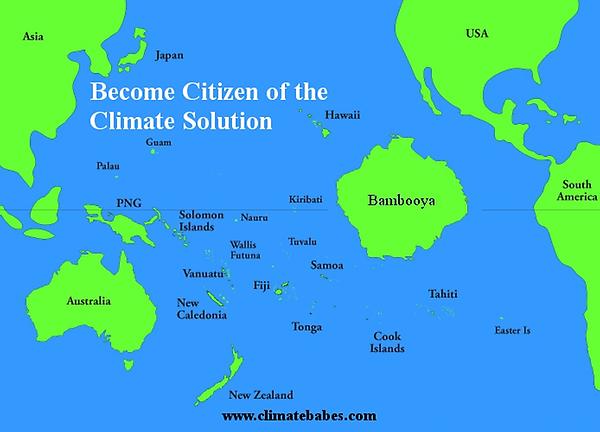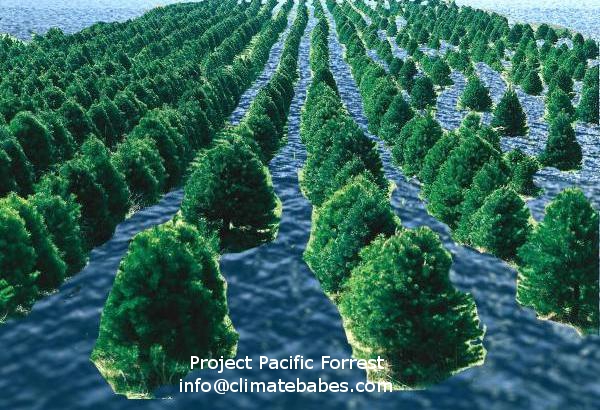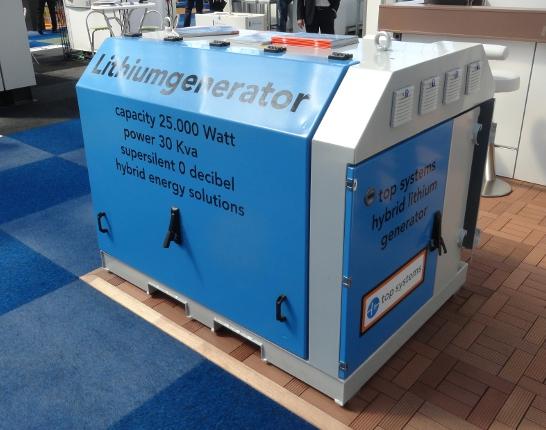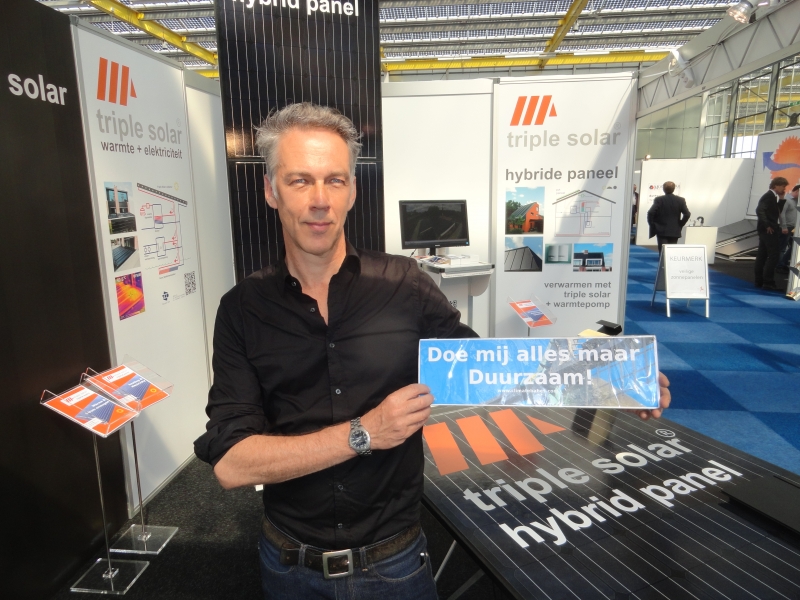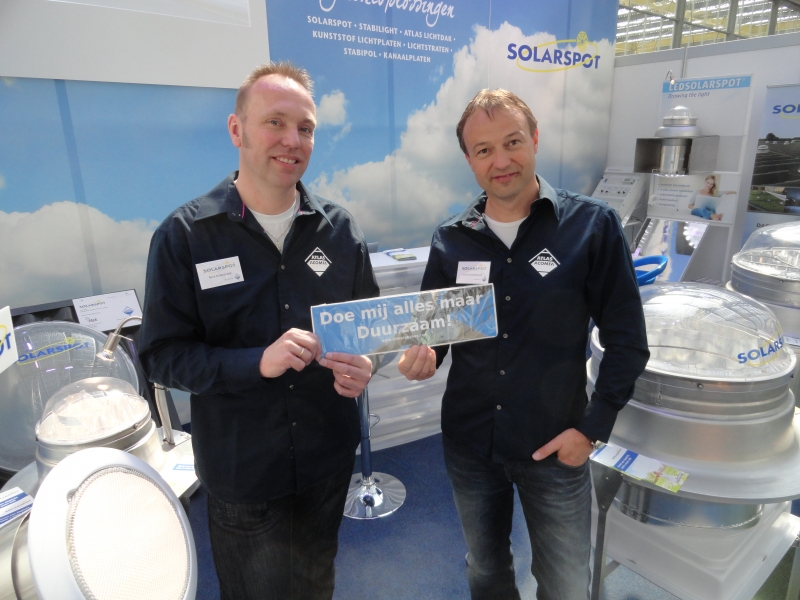Extraeconomics
By F. Rincker

What is Extraeconomics
Extraeconomics is a new kind of economic thinking, fit for the renewable energy age. Traditional economics as it is now practiced around the globe really constitute a fossil fuel marketing strategy and can be defined in short as “The maximization of the Utilization of Fossil Fuels”. It is immediately obvious that if fossil fuel streams would stop flowing today, the world would crash in a week. This to anyone analyzing the situation would seem like a major flaw.
Extraeconomics doesn’t intent to fix traditional economics, it proposes a way to create units of robust existence based on renewable energy sources //outside// the economic environment. Instead of trying to trade it proposes to create units, territories with their inhabitants, that do not trade with anyone except for specific items. The reason why trade is limited if not prohibited is that whatever trade supplies can be made within the territory. Also whatever the territory produces should not be destroyed/used outside it, to prevent energy and waste stream inbalances.
Extraeconomics is the key to solving the climate crisis. If the climate crisis is handled purely economical then a power plant colony in the Lybian desert will be build using fossil fuels, carry an enormous debt and thus have to supply its energy to the economy at large, basically powering the machines and appliances, homes that further destructive consumption of the ecosysytem.
The climate problem can not be solved by using fossil fuels. 1. It only increases the problem. 2. It’s not going to be applied to such goals, 3.You will run out of fuel before having any effect. Therefore normal (fossil fuel based) economics can’t solve the problem.
Would the power plant colony be build using extraeconomic principles the building would not create a debt, the energy produced could be used to capture carbon (basically transforming the electricity into carbon storage), and this process could sustain itself indefinitely while outside the colony economics continued to exploit and destroy the ecosystem. Even with that destruction the extraeconomical unit would be a safehaven for its inhabitants and beneficial to the planet.
Of course extraeconomical units or colonies can produce wealth for the economy at large, but in general this economy doesn’t like that as it depends on our struggle for our share of fossil fuel wealht, distributed through our monetary system. We need money to buy gasoline, food, shelter, to pay our debts and our freedoms. This is the economic system. This is why extraeconomics needs to be defined seperately : It can not evolve from present day fossil fuel scarcity dependend economics.
General principles
The first principle of extraeconomics is that it is the law in a specific ‘zone’, territory, area. Inside the ‘zone’ no other law applies. Trade can only occur (if it occurs at all) within the zone, NEVER to anyone outside the zone. A zone is 100% selfsufficient. People that live in the zone can not migrate in or out, can not maintain bank accounts outside the zone. They can travel and communicate.
The second principle is that it must be possible for renewable energy to power all activities in a zone. Fossil fuels are not avaiable except perhaps in the startup. Energy must be available in sufficient amounts in the zone for people to survive comfortable, for there to be farming, fishing, production of goods and services and for extraeconomic production of forrests, or carbon capture. This principle informs the amount of people that can live in a zone. Technology can help with this challenge if it is a challenge.
Third principle is that the purpose of the zone is capture carbon to combat global warming, strengthen the ecosystem and bring about vitality and beauty of our planet and its inhabitants. Other purposes can be to clean up specific pollution, to breed plants and animals to be released elsewhere. The purpose is never to gain access to goods or services in the ‘outside’ economy.
Wealth = Cybernetic agents X Energy X Raw materials
Designing an extraeconomical zone
Normal economics operates based on investments and market value of whatever is produced with the investment. Market value is ultimately only the value to the supplier of fossil fuels, and as a result economics produces enormous amounts of waste. Intermediaries in the fossil fuel tokens (fiat currencies) do not care how the fuels are applied, although it is in their interest to do it ‘efficiently’. Extraeconomics can’t operate with the same mechanisms, it requires carefull design before a zone is declared.
A zone is not designed with money in mind, but with resources. The resources are invested in the zone and one can say it buys the livelyhoods of the inhabitants. Typically only a fraction of the wealth created in the zone will be from outside resouces, and sometimes even none at all. Elements that are needed repeatedly in every new zone can be defined as building blocks to be provided, and it can be such that some zones produce these building blocks for other zones.
The intermediaries in the traditionally economic zones will try to exploit whatever is produced in the extraeconomic zones, and so there can be no involvement of any party from regular economic zones in the creation or management of an extraeconomic zone. Money is of no value to extraeconomical zones. To protect the zones a governing body outside the zones must be established to protect them from raids and plunder.
Most military blocks are now serving fossil fuel interests, because most weapon systems depend on fossil fuels. There are clear initiatives to use renewable sources to power weapons, but in general the need for a strong army disappears once renewables are embraced. This means that only an enlightened military can be found willing to protect an extraeconomical zone. Most extraeconomic zones will have to be created at a distance from civilisation at first.
Technology
All technology can be applied in an EE zone, regardless of patents, and regardless of it affecting fossil fuel use (because fossil fuels won’t be used). Normal law does not apply in the zones. Renewable energy techology, but also robotics and automated systems can all be used to maximize wealth provided the principles are adhered to. These technologies can be created in the zone, without outside help, or by sharing knowledge between zones.
Wealth being a function of cybernetics x energy x raw materials means that when humans or machines have the energy to process raw materials towards our desired goals (cybernetic feedback) they can create things that constitute wealth. Wealth can be defined as suporting the real needs of living human and other beings so they can live healthy, happy lives.
Government
Extraeconomical zones are designed to provide for themselves and serve the purpose of ecorestauration or carbon capture. As such they are closed economical systems where resources are applied optimally to the chosen ends. A currency can be used to allow inhabitants freedom to chose the kind of wealth they want to enjoy. All enjoy a basic income for their role in the zone.
Why money is not debt
Money today is not what it used to be at the start of the fossil fuel era. In the time manual labour was still the dominant factor in production of wealth the amount of money had to keep pace with the amount of skilled workers, and if something big had to be initiated it required that something als was not being achieved. Production of one thing meant not producing another thing.
This all changed with when industrialization happened based on coal driven steam engines. The machines broke the limitation set by the number of hands or horses able to help, and the value of labour became harder to determine. Unlike after the plague in England, when the noblemen and royals had to give in to the demands of the workers, because so little where left, now it was possible to wage wars slaughtering hundreds of thousends of men without ultimate negative impact on wealth for those left behind. In fact, fossil fuel driven wars became something ‘economics’ was very positive about.
When the amount of money was fixed, also because it was gold, and when our existence was predicated on many people cooperating, then money could be owed, or a debt. In fact most people intuitively feel debt when someone does something for them. That person is not free to enjoy his life while he performs the service, and so this means to recipient of the service should feel a debt to make sure he will do something back someday. Money helped shift the debt around so it could be repayed sooner and with more effect. This is the primary function of money.
It is easy to see that storing money even in this age would not be storing value, because a plague or other event could wipe out all people and who would then (even want to) provide services in return for money? Also many initiatives would invlove no money at all, or involve the creation of some kind of money independent of prevalent currencies.
Money as we know it after a century of fossil fuel industrialization no longer means manual labour. It means fossil fuels. Banks now regulate the amount of money to keep pace with the amount of fossil fuels available for production of goods and services. If they would not do that prices would fluctuate constantly, because demand (based on consumers with money) would not be in tune with supply (limited by the amount of fossil fuels available). This intimate link between money and fossil fuels is completely overlooked in modern economics, yet it is the absolute basis of its validity. Without fuel the economy would grind to a standstill in days.
This means one important thing : Profit is an illusion. Why? Because all gain in goods and services comes at the cost of a loss of fossil fuels (as the enabling resource). You are always left with less even if you make a Ferrari or you feed 100.000 children. Profit from fossil fuel investments mean money is taken out of circulation, at least as much as is spend on the project. This still doesn’t mean anything is gained, only that the loss is contained, the loss could have happened because of other processes (like people spending money to drive cars), but the money ended up in the pocket of the project.
What does it mean that a person that borrowed money from a bank to invest in a project has to pay that money back? The money is being spend on fossil fuels and other resources, it ends up mainly in the hands of these producers (fossil fuel, food, raw materials). The fuel is burned and the product is sold and all money gained except the profit has to be payed back to the bank. The question is : Why? What does it mean. The bank provided the money, but a debt in the true sense is not owed to the bank, it is owed to the suppliers of the fuel and materials needed to create the product or service. Somehow they accepted the money, especially the fossil fuel supplier. Why could the project not be done to the profit of the fossil fuel supplier and the other raw materials suppliers? That would make much more sense. Instead the bank pretends to have a right to both the money back and a piece of the action (interest).
The only reason one can think of why money should be returned to the bank (and this can be a way to aknowledge a debt) is that the bank wants money to remain scarce and more importantly (the real reason) because the bank wants to control what happens with the fossil fuels, how much of them are used how. If the bank allows money continue to circulate endlessly more and more would circulate and this would mean both inflation, but it would also mean less control over the projects that are initiated. The type of projects could be undesirable, and we all know what projects those are : Ones affecting the dominance of fossil fuels!
In economic theory money is created as debt because it has to return to the bank, because control over the amount is crucial for management of the fossil fuel consumption rate as well as the power of the banks. It is not debt in the classic sense because nobody in any bank loses sweat and no oil worker loses income over you not repaying it. It is a mere instrument of control.
If money really had to be repayed, the oil also would have to be unburned
On a small scale, locally money does play the classic role, but only because people really don’t think about whether there is still gas in the pump tomorrow, or whether bread will come to the bakery. So from the individual perspective it seems a mortgage is a debt to be repayed. It is not. Saying you need money to start something is like saying people can’t move except for money. They can and have and will.
The most imortant thing to keep the majority convinced money is the means to everything is to keep the fossil fuel based production machine going. If it is using renewables it has to be from a position of debt, not from cash, because then people experience the cost of it going down to zero! The forces preventing us from owning almost free energy sources can only be fought through creation of extraeconomical zones and extraeconomical thinking. Economics is bound to fossil fuels and depends on our misguided respons to the concept of debt. The whole paradigm can not be defeated, only abandoned.
Extraeconomics at climatebabes.com



